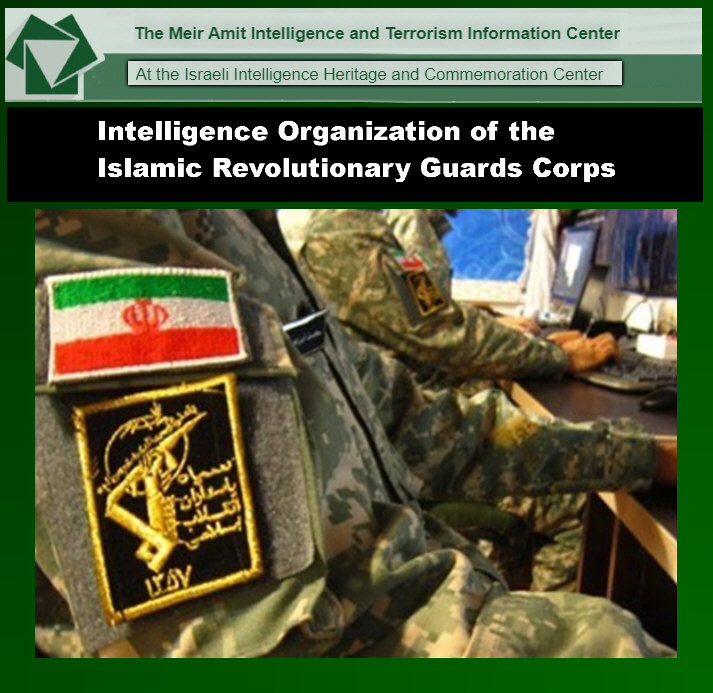
Report Link – The Intelligence Organization of the IRGC: A Major Iranian Intelligence Apparatus
The Intelligence Organization of the Islamic Revolutionary Guards Corps (IRGC) has become a major intelligence apparatus of the Islamic Republic, having increased its influence and broadened its authorities. Iran’s intelligence apparatus, similar to other control and governance apparatuses in the Islamic Republic, is characterized by power plays, rivalries and redundancy. The Intelligence Organization of the IRGC, which answers to the supreme leader, operates alongside the Ministry of Intelligence, which was established in 1984 and answers to the president. The redundancy and overlap in the authorities of the Ministry of Intelligence and the IRGC’s Intelligence Organization have created disagreements and competition over prestige between the two bodies. In recent years, senior regime officials and officials within the two organizations have attempted to downplay the extent of disagreements between the organizations, and strove to present to domestic and foreign audience a visage of unity.
The Structure of the Report
- This report contains the following chapters:
- Introduction
- Central Milestones in the Evolution of the Intelligence Organization of the IRGC
- The Relationship between the Intelligence Organization of the IRGC with the Ministry of Intelligence
- The Head of the Intelligence Organization of the IRGC, Hossein Taeb
- Estimated Structure of the Intelligence Organization of the IRGC
- Responsibilities of the Intelligence Organization of the IRGC:
- Combating Terrorism
- Foiling Political Subversion
- Repression of Protests and Riots
- Kidnapping Regime Opponents Abroad
- Arrests of Tourists and Dual Nationals
- Combating “Western Cultural Penetration” and Preserving Morals in Physical and Virtual Spaces
- Combating Ethnic Separatism
- Combating Manifestations of “Religious Deviance”
- Preventing Grave Crimes
- Foiling Smuggling
- Combating Economic Corruption
- The Fight against COVID-19
- Accusations of the Organization of Involvement in Corruption and Irregularities
Methodological Notes
- This is the first extensive report to be written on the Intelligence Organization of the IRGC. Over the past decade, a handful of articles have been written about the Iranian intelligence community, which provide a partial and limited description of the Intelligence Organization of the IRGC. Among the most prominent of these studies is an extensive study of the Iranian Intelligence Ministry, published in December 2012, by the American Congressional Research Service “Iran’s Ministry of Intelligence and Security: A Profile;” an article by Carl Anthony Wege, titled “Iran’s Intelligence Establishment” published in the summer of 2015; and the article by Udit Banerjea titled “Revolutionary Intelligence: The Expanding Intelligence Role of the Iranian Revolutionary Guard Corps,” published in the fall of 2015.
- In addition, a number of studies published in recent years dealt extensively with the activities of the IRGC. The research produced by Ali Alfoneh, Afshon Ostovar and Saeid Golkar are worth noting, as well as a 2009 report published by RAND Corporation. However, those studies too, which described the various aspects of the IRGC’s activities at length, rarely discussed the work of the Intelligence Organization of the IRGC.



